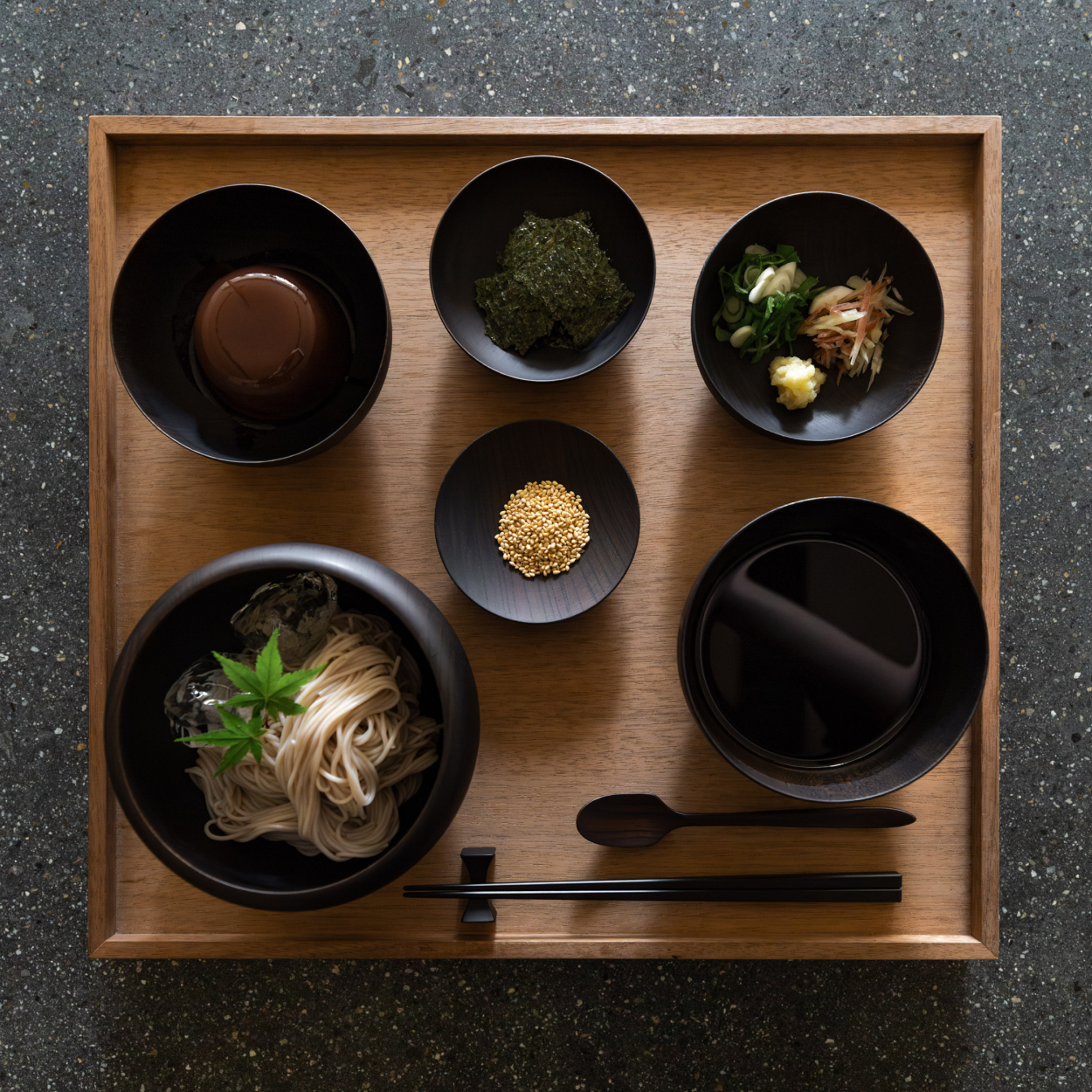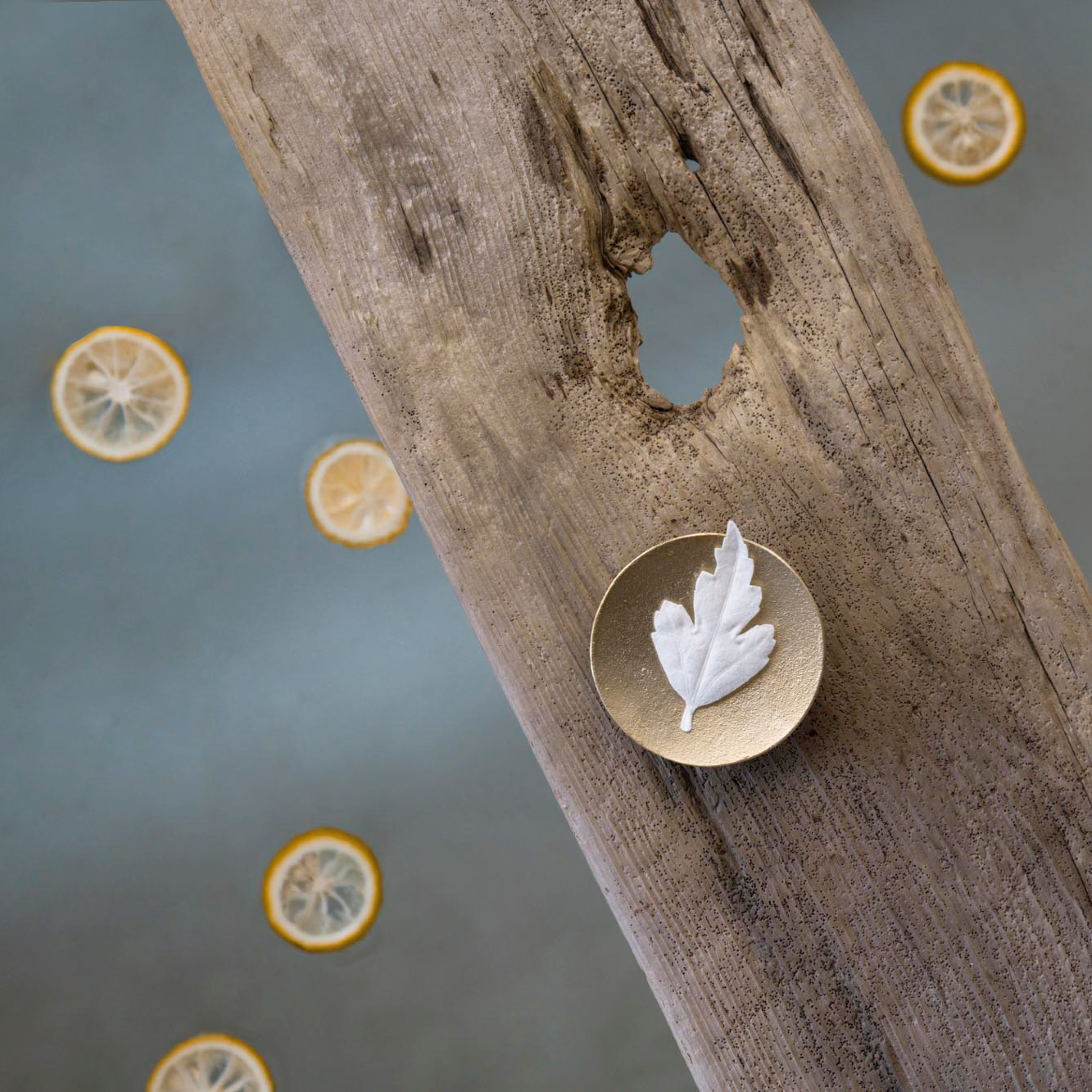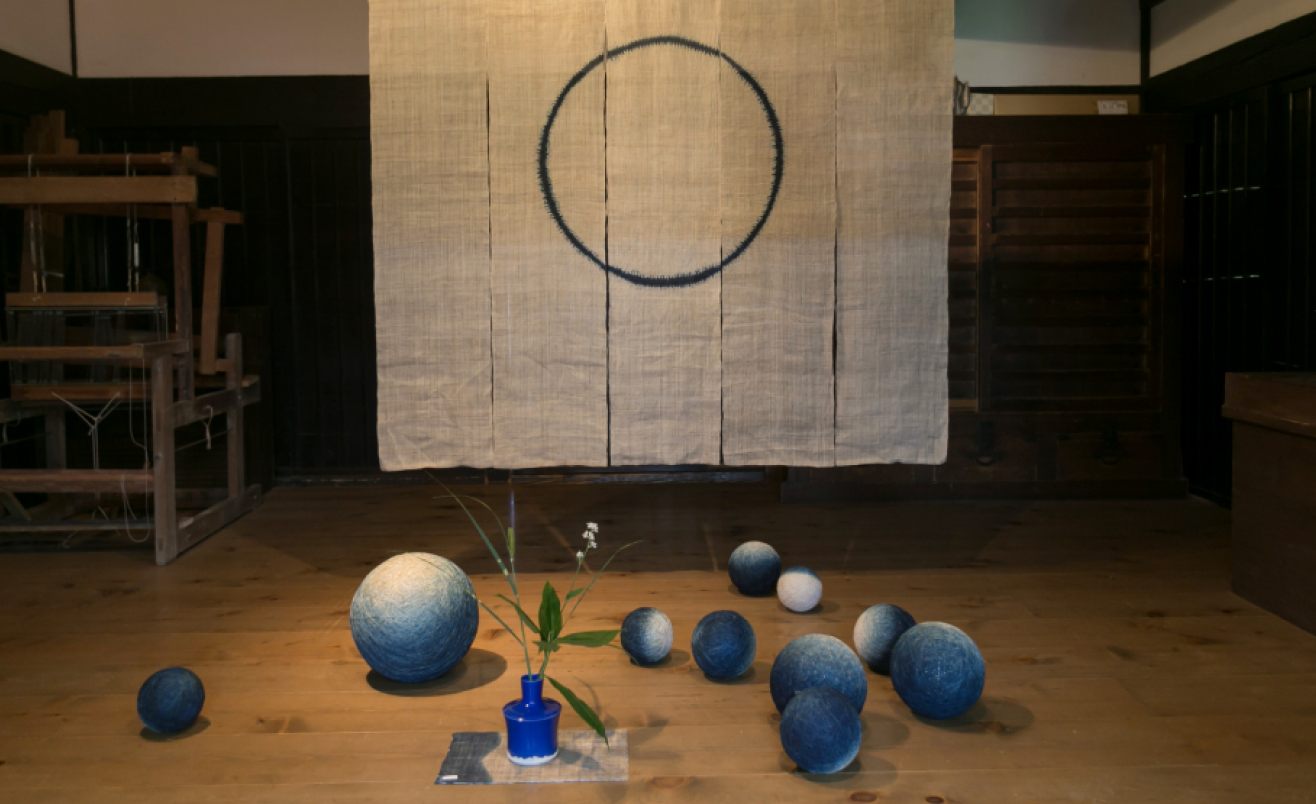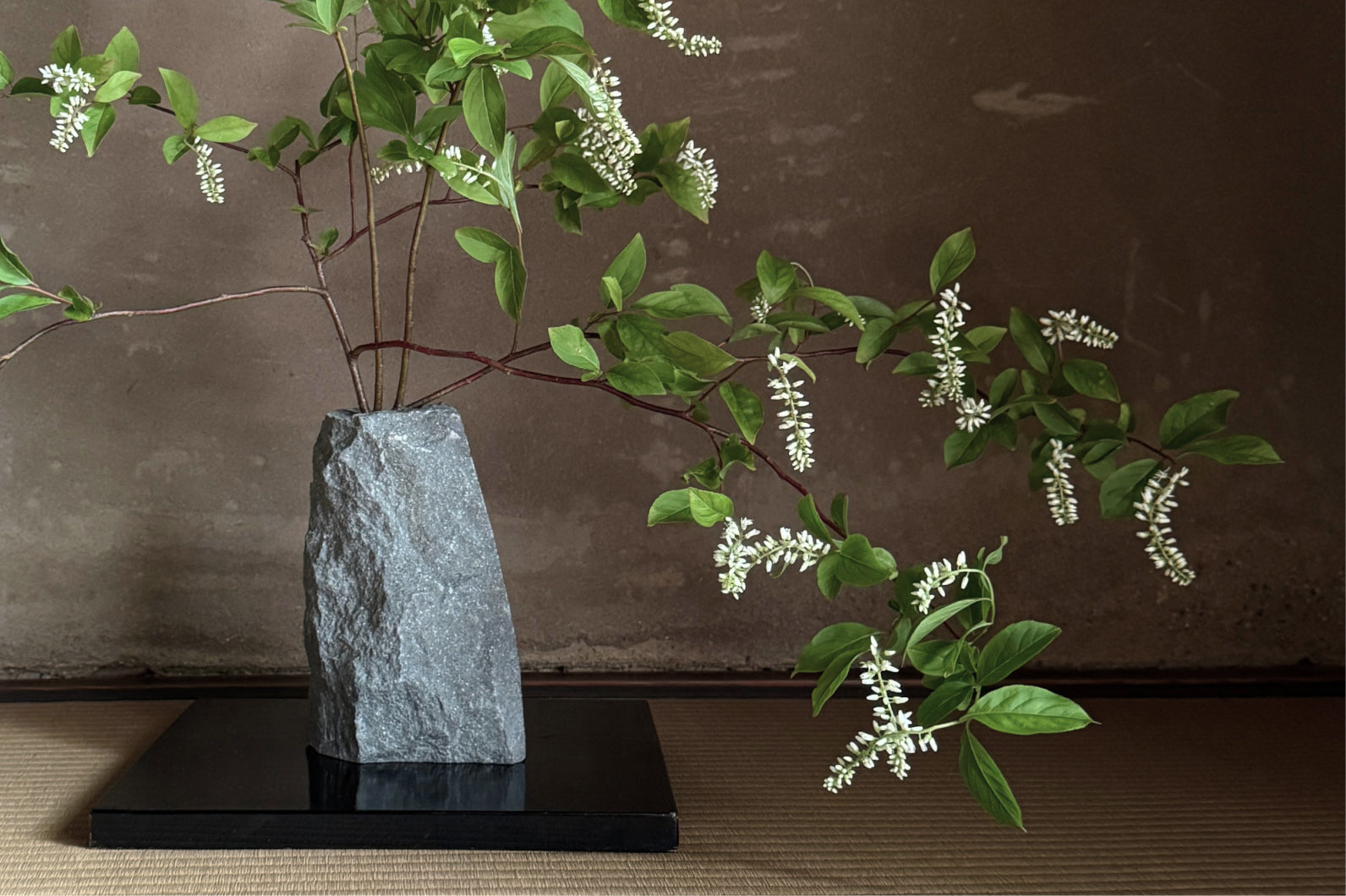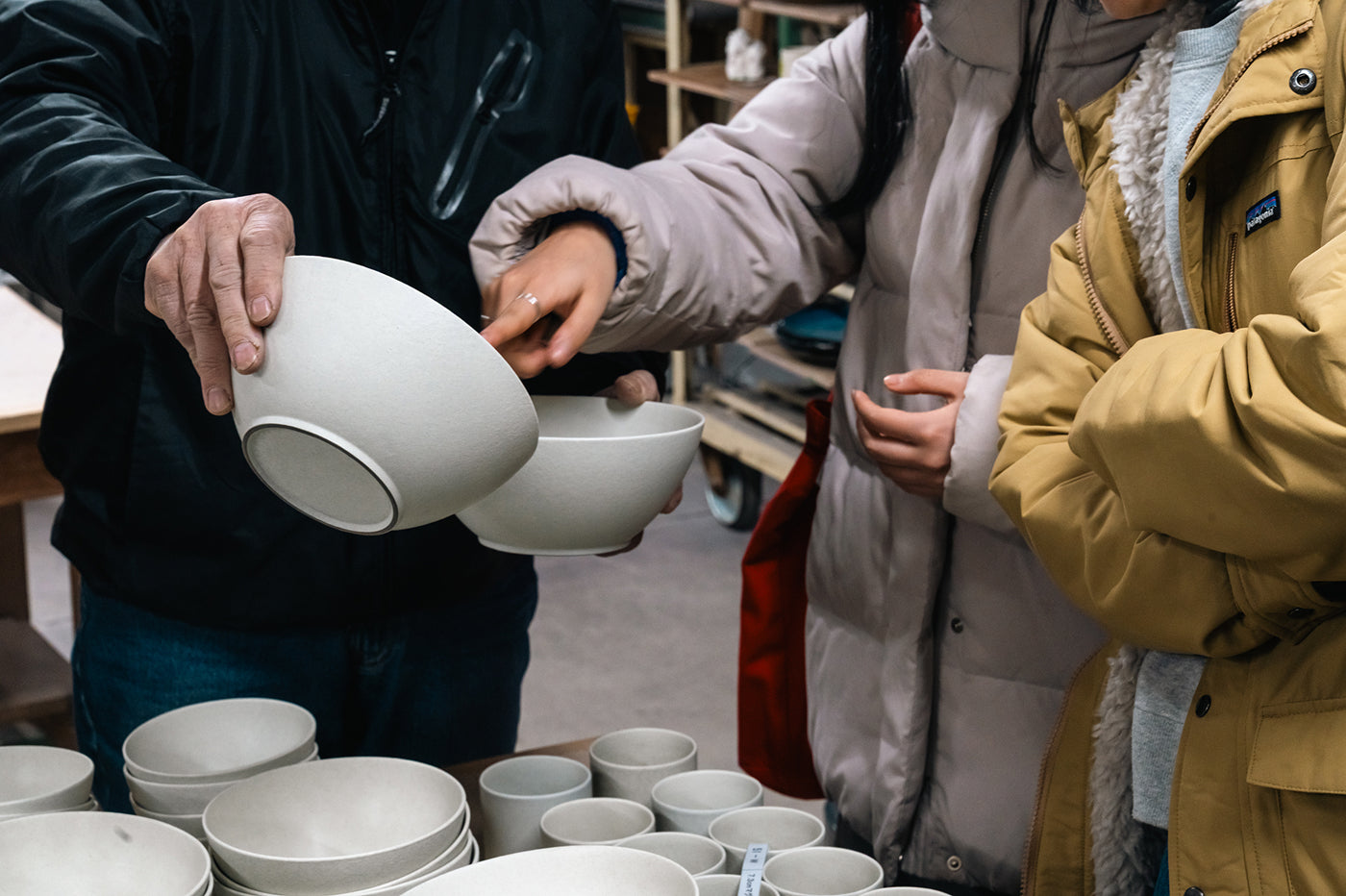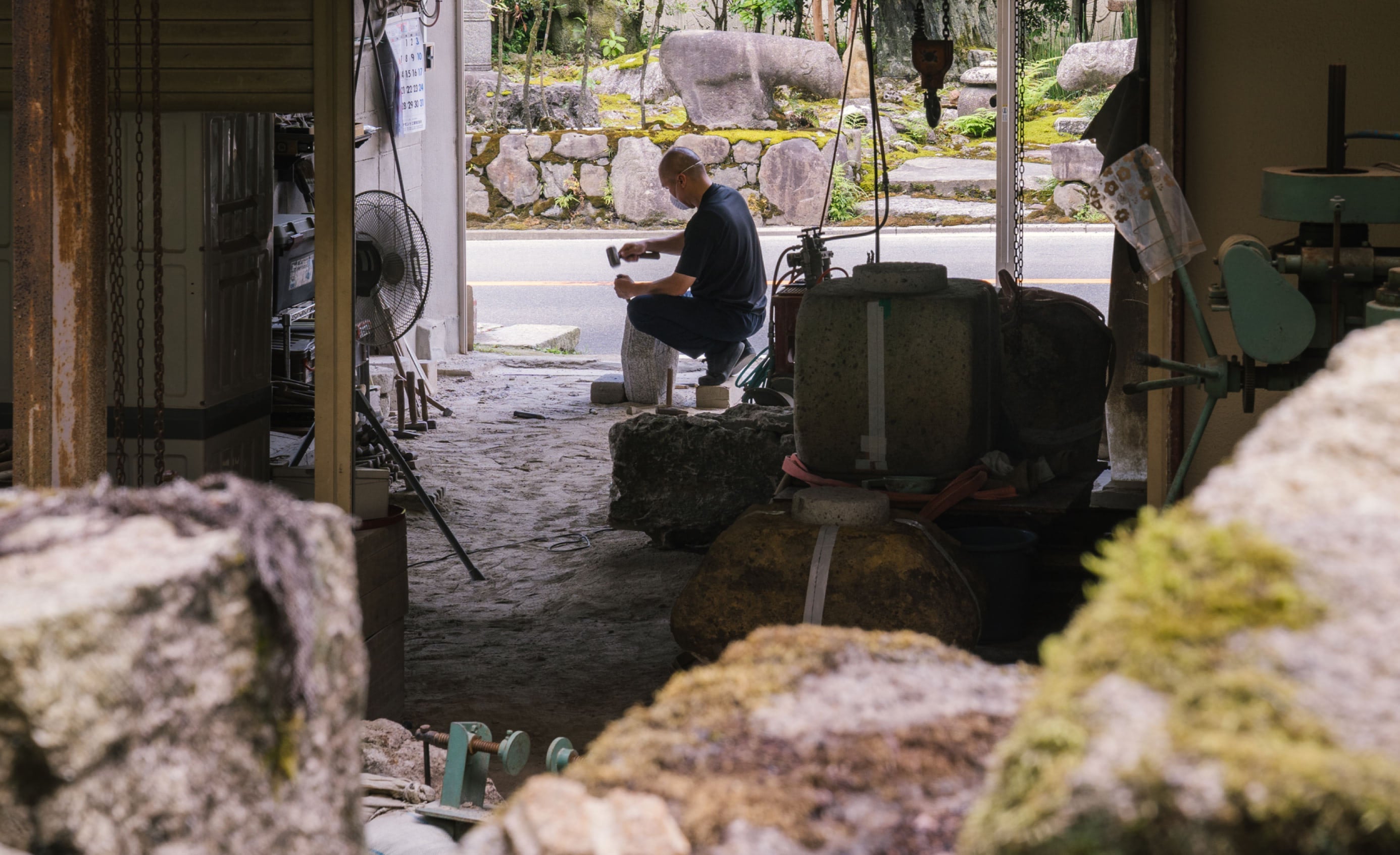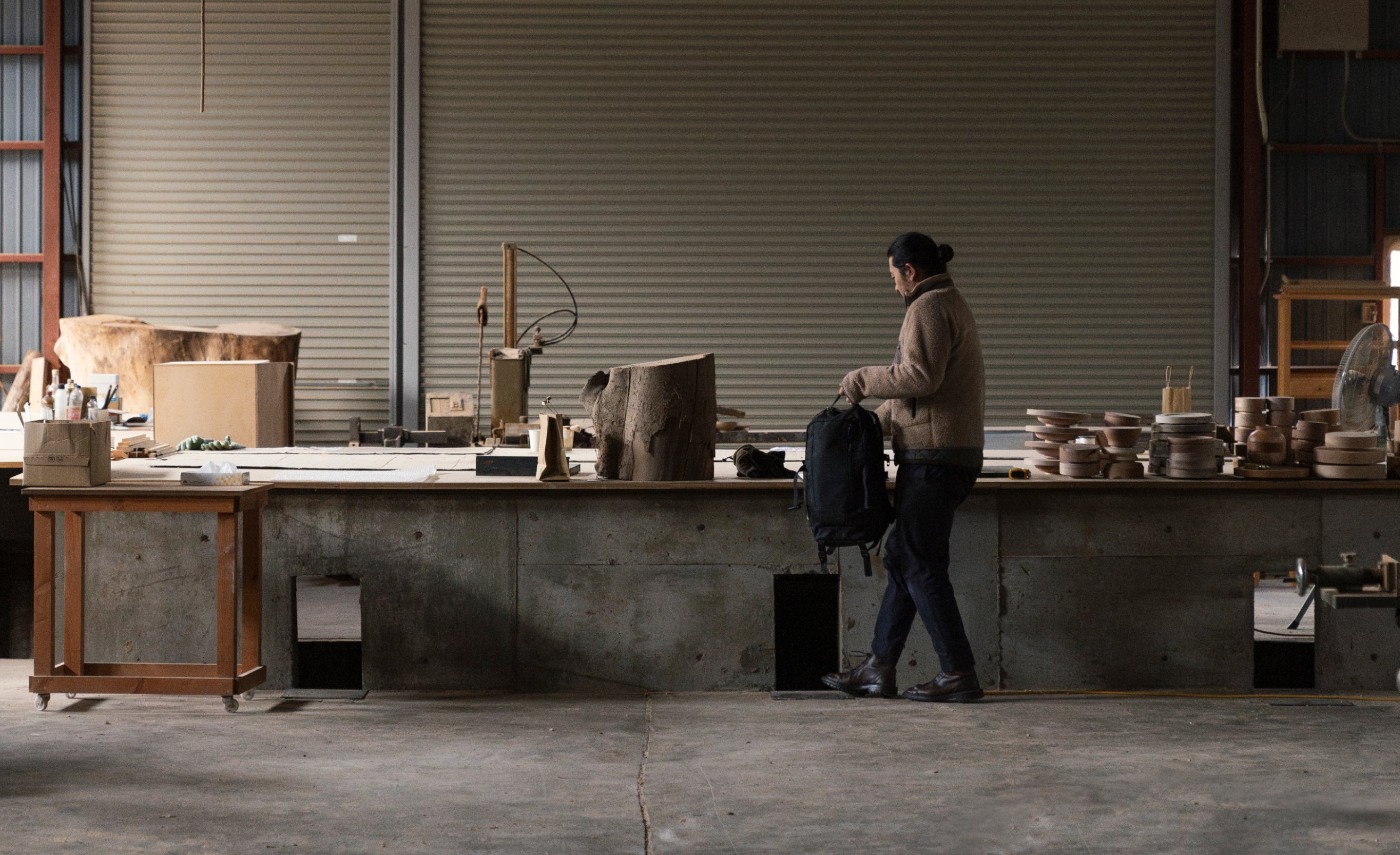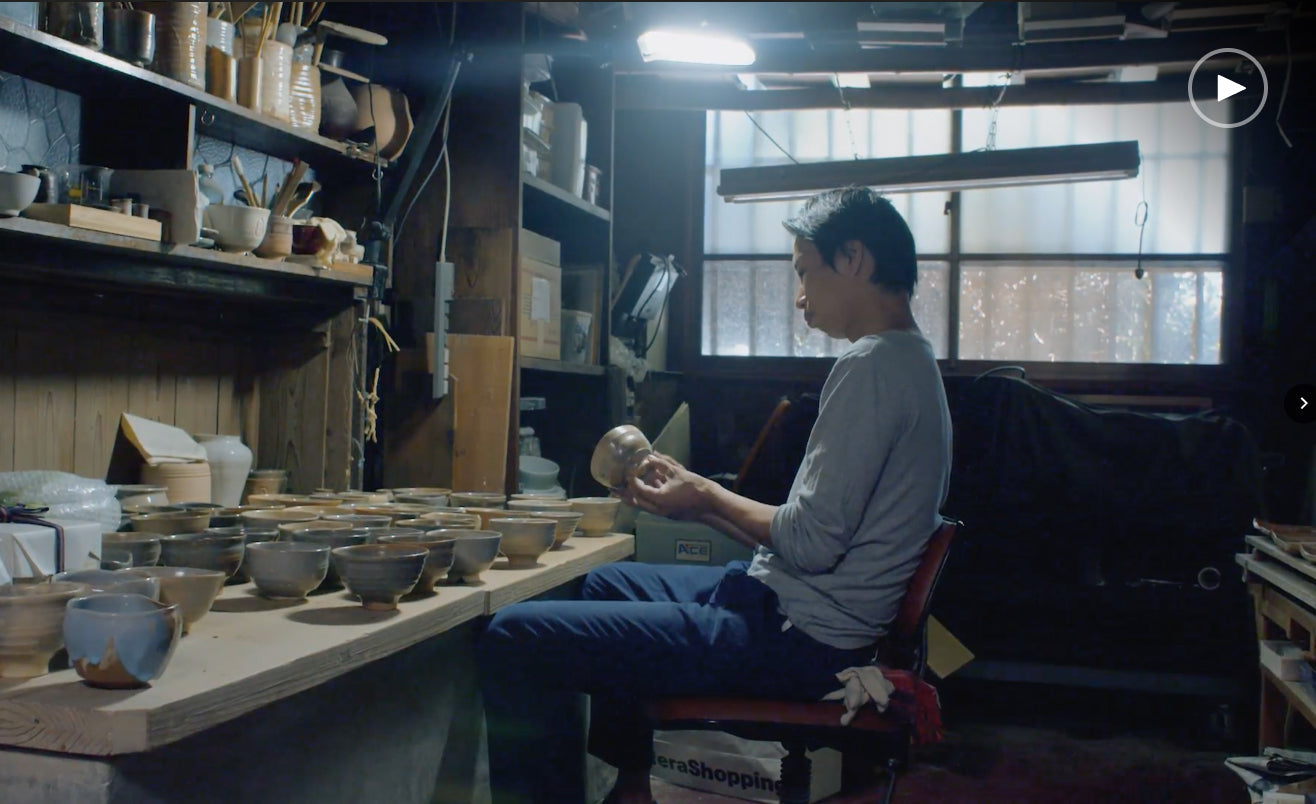Published January 7th 2020 on the former blog
Nestled in the hills of Kyoto prefecture lies the village of Miyama, famous for its traditional thatched roof buildings and, most notably, for being the home of Hiroyuki Shindo and his prodigious work with indigo. Equal parts gallery, workshop, and residence, the Little Indigo Museum is a big deal.

With the gallery tucked away on the second floor, your first look into the museum is the hub of action itself -- the workshop. The smell of fermenting indigo leaves wafts around you as you step around the blue-black vats integrated into the floor, move around homemade fabric pressers, duck under drying pieces hanging from the ceiling. Everything about the space reminds you that it’s more than a simple workshop, but also a home for the living tradition of Shindo’s craft. Even after over 30 years as his residence, the space still bubbles with life.


Head upstairs and you are greeted with several of Shindo’s works. With many of his pieces traveling as part of larger exhibits hosted by world-class museums, it’s a real treat to be able to enjoy the pieces he has kept for himself in his own personal gallery.

Not only do you get to view his own work, Shindo has also thoughtfully displayed work by other non-Japanese artists -- a nod to the global phenomenon that is indigo dyeing. This personal collection has been eclectically curated throughout his life -- acquired through bartering, fished out of flea markets, or simply given to him over the years.

Entry is only 300 yen (a mere $2.75 USD), but getting to Miyama will prove the more costly endeavor. Even from the bustling metropolis of Kyoto, you will need to take at least one train and a bus (re: several hours of travel) to get there. Additionally, check the hours of operation ahead of time. The Little Indigo Museum isn’t open during the winter months and isn’t open every day of the week normally, either.

Don’t let the logistics stop you, though. As you walk into the museum and converse with the man Hiroyuki Shindo himself, you are challenged to question how you incorporate craft into your own life; how you live your art; how you allow your work to shape your legacy. The birth of that question, alone, is worth the entire effort.
